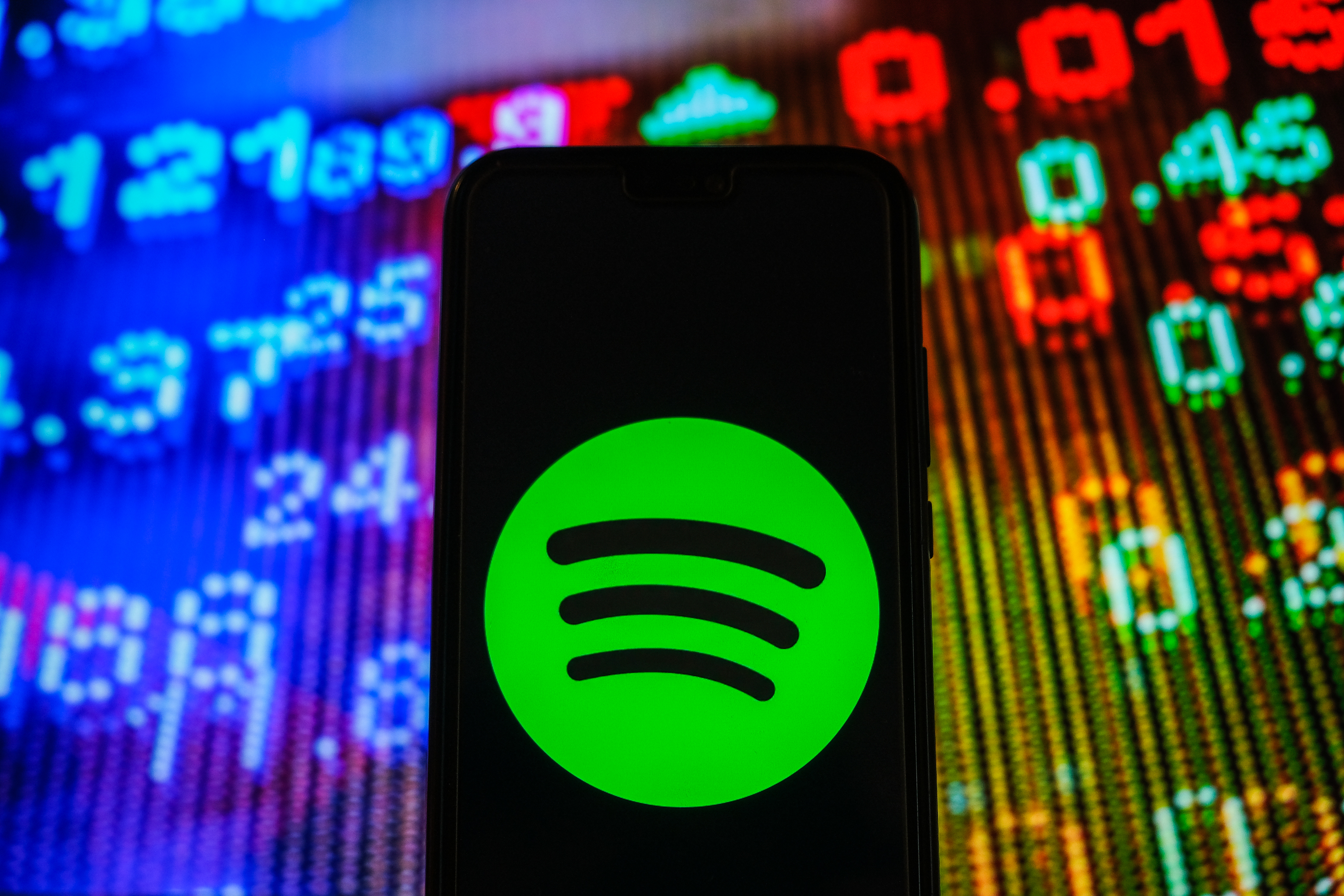Here at InsideHook HQ, we’ve been bemoaning the death of the monoculture for quite some time. Last year, the pandemic provided a brief, welcome return to the pleasures of watching or experiencing the same piece of pop culture at the same time as we all found ourselves confined to our homes desperate for something — anything! — to talk about besides COVID-19. We live-tweeted each new episode of The Last Dance and, in the very early days of lockdown, convinced each other to watch Tiger King. It was comforting, but it was short-lived.
Now that we’ve all gradually inched closer to some semblance of our pre-pandemic lives, there are fewer and fewer opportunities for us all to be engaging with the same piece of content simultaneously. We don’t have as much time to devote to binging the latest buzzy Netflix series when we’ve got to catch up on a year-and-a-half’s worth of social engagements (and do so before the Omicron variant starts its inevitable spread). But we got a taste of how good shared pop-cultural experience feels last year, and surrendering that entirely feels like a drag, so instead we pounce upon smaller, more easily digestible things to bond over, like Spotify’s year-end Wrapped feature.
The annual wrap-up summarizes each user’s activity from the past year and presents all the data in a series of charts and other easily screenshot-able forms. The streaming service tells you your most frequently streamed songs, artists, albums and more. New this year are features that tell you your “audio aura” — presented as a swirling gradient of color based on the two audio “moods” that best represent your listening habits — and allow you to play “two truths and lie” with your 2021 listening trends. Naturally, as soon as this year’s Wrapped dropped earlier this week, thousands of Spotify users seized the opportunity to post their stats on social media and compare notes with their friends and followers.
It’s a no-brainer, of course. A chart that tells us the artists and albums we spent the most time listening to over the past 365 days is perhaps the most accurate representation of our musical tastes because it doesn’t allow for any editorializing or posturing. There’s just cold, hard data — and if that data shows that you’ve been listening to Olivia Rodrigo’s debut album every day for the past seven months, well, so be it. You can try to provide context — “this was on my gym playlist” or “my kids are using my account, I swear” — but ultimately, it’s hard to argue with numbers, and the Wrapped data serves the same purpose that zodiac signs and Myers-Briggs personality types do. They’re something we can hold up, broadcast all over social media and talk about in a way that makes people (and, truthfully, makes us) feel like they really know us. Human beings love to talk about themselves, and just like we all leapt at the opportunity to scream about which Beatle we most relate to in Peter Jackson’s Beatles: Get Back last week (me personally, I’m probably about a 60/40 Paul-George hybrid), we all love Spotify Wrapped data because it’s simply too easy a conversation-starter to pass up.
Of course, there are plenty of legitimate complaints about the slew of Spotify Wrapped posts. They all essentially amount to free advertising for the streaming service, which of course has a long, problematic history of not paying artists a reasonable rate to stream their material and getting in bed with controversial podcast hosts like Joe Rogan. These are completely reasonable concerns. (Though it’s perhaps worth pointing out that it’s possible to use Spotify occasionally to stream tracks in the gym or on your commute while also going out of your way to purchase albums and merch from your favorite musicians on more artist-friendly platforms like Bandcamp in order to show your financial support.)
But the fact of the matter is, however you feel about Spotify, there’s no denying its ubiquity, and it’s the closest thing we all have these days to any sort of shared method of consuming music. Spotify Wrapped went viral because most people use Spotify frequently enough to pull some interesting data from it. And if the last year-and-a-half is any indication, we’re still starved for those kinds of pop-cultural Rorschach Tests. They allow us to bond over shared interests or recoil in horror at our differences, and they help us feel connected to each other — something that’s easier said than done these days. So long live Spotify Wrapped, and bring on Apple Wrapped, Netflix Wrapped and HBO Wrapped.
We can probably continue keeping our Peloton data to ourselves, though.
This article was featured in the InsideHook newsletter. Sign up now.





















